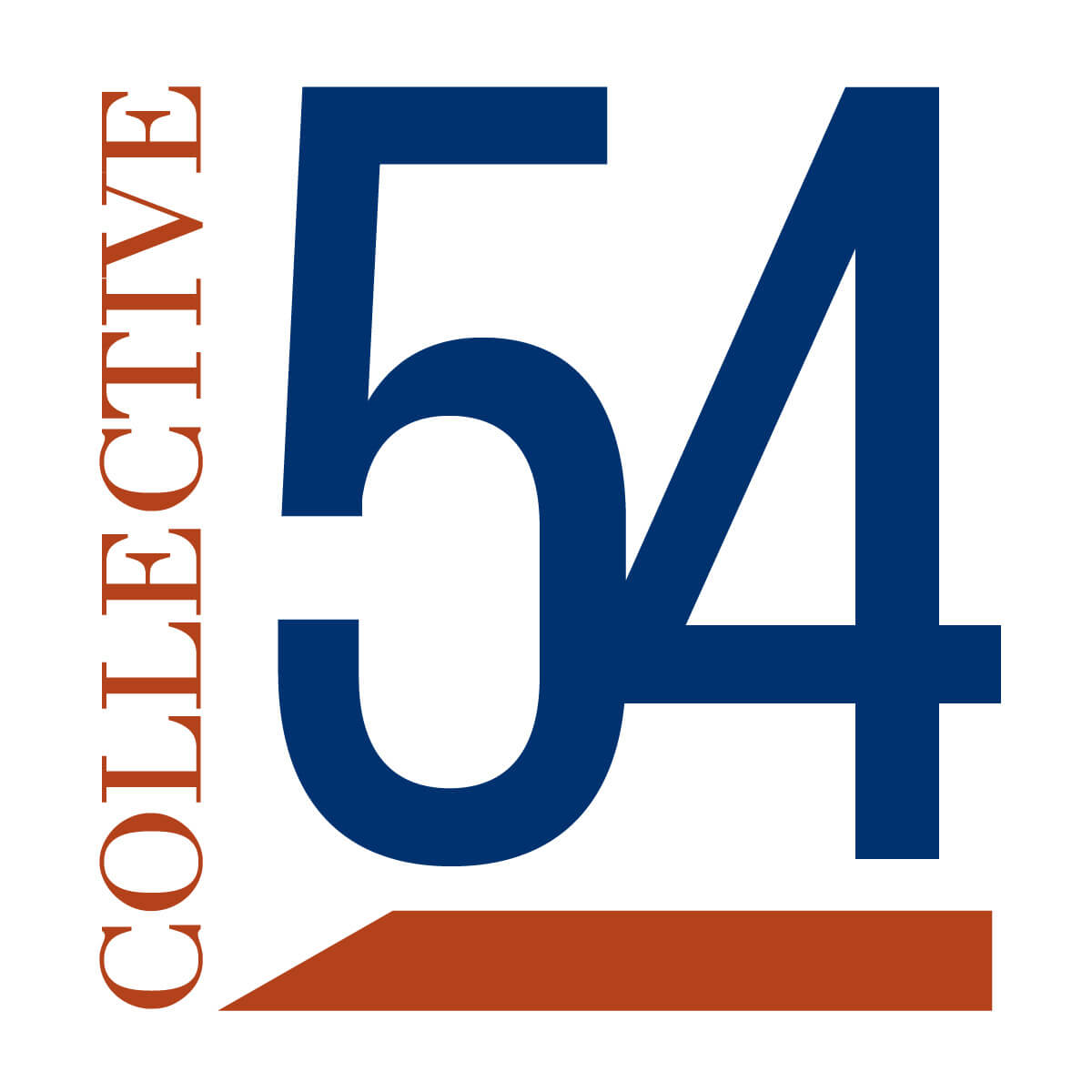Episode 179 – Scaling Success: How a Consulting Firm Grew from 12 to 250 Employees and Achieved a Triumphant Exit in 14 Years – Member Case by Benoit David
Join us as we delve into the gripping tale of a marketing agency’s journey through the tumultuous waves of cancel culture. In the height of societal pressure, the agency’s founders, driven by fear and uncertainty, offered their employees overly generous contracts. As the dust settled, they realized the unsustainable nature of their decisions and faced the daunting task of restructuring their workforce agreements. Tune in to discover how Ryan Gill and Chris Kneeland, Partners at Cult Collective, navigated this challenging terrain, replacing idealistic contracts with market-based, realistic agreements, and emerged stronger than ever before. This episode is a testament to the power of resilience and adaptability in the face of adversity.










